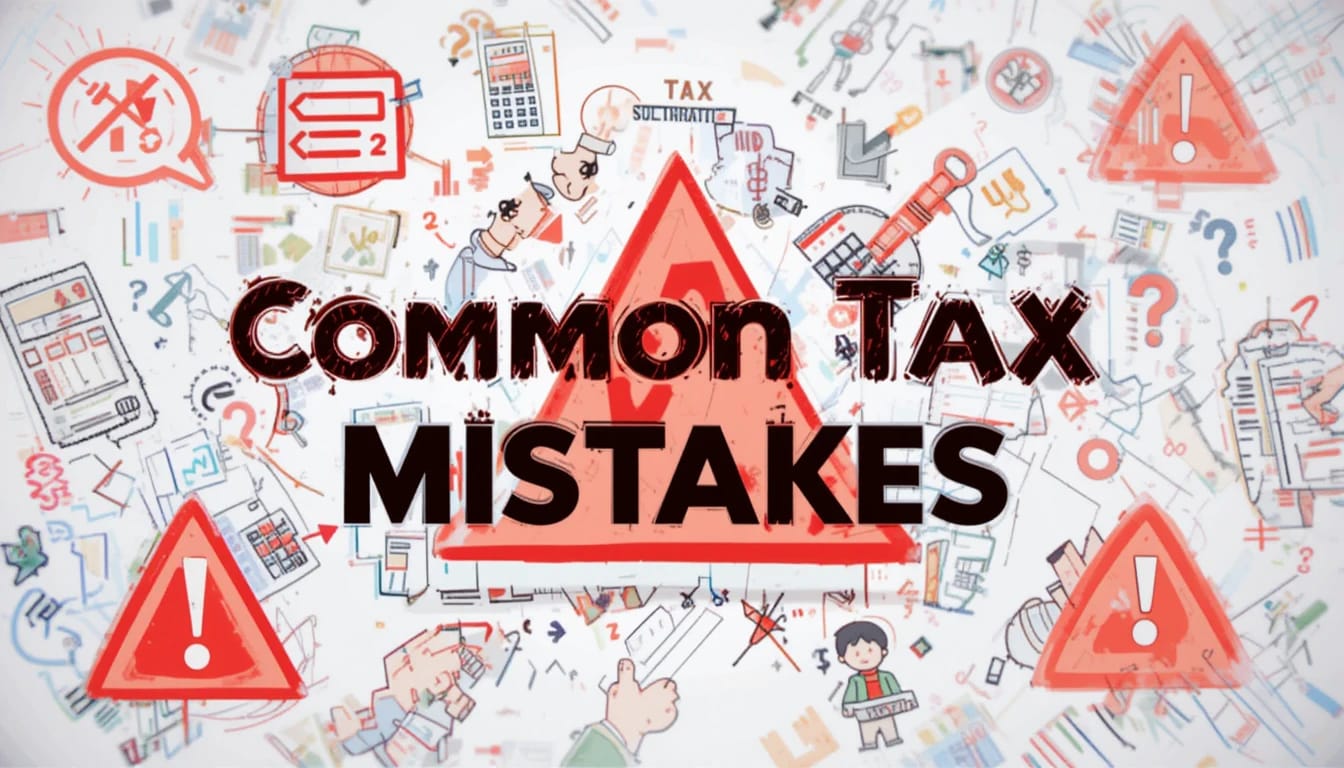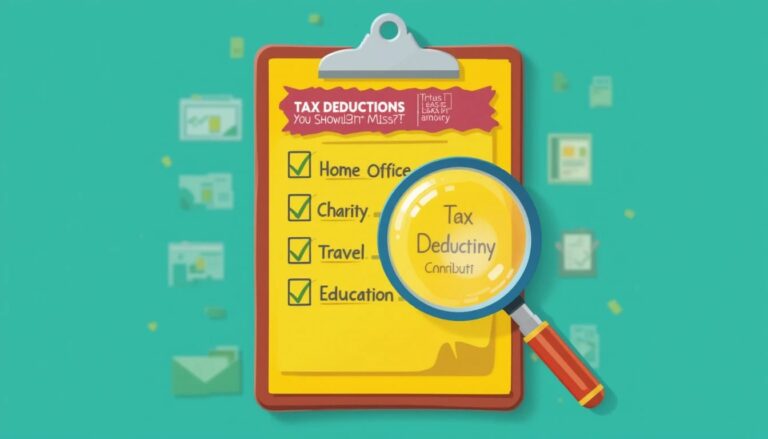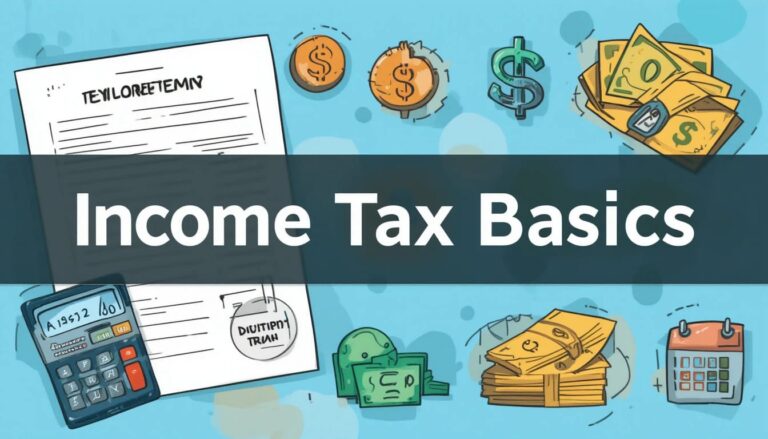Income Tax Guide: Understanding the Basics of Your Tax Obligations
Income tax is one of the most essential financial responsibilities for individuals and businesses alike. Whether you’re a salaried employee, a freelancer, or a small business owner, understanding how income tax works helps ensure compliance, avoid penalties, and potentially save money. This guide covers the key concepts and processes you need to know when navigating income taxes.
What is Income Tax?
Income tax is a tax levied by the government on the income earned by individuals and entities. In most countries, this includes wages, salaries, business income, capital gains, dividends, and interest. Income taxes fund public services such as infrastructure, education, defense, and social programs.
Governments typically collect income tax at federal and, in some places, state or local levels.
Types of Taxable Income
Taxable income includes most forms of earned and unearned income. Some common categories are:
- Employment income – Salaries, wages, bonuses, and tips
- Self-employment income – Freelancing, consulting, or business profits
- Capital gains – Profit from the sale of stocks, real estate, or other investments
- Interest and dividends – Earnings from savings accounts, stocks, or bonds
- Rental income – Earnings from leasing property
Certain types of income, like gifts or inheritances, may be exempt depending on local tax laws.
Gross Income vs. Taxable Income
Your gross income is the total of all income received before taxes or deductions. Taxable income, on the other hand, is what remains after subtracting allowable deductions and exemptions.
For example, if you earned $60,000 and claimed $12,000 in deductions, your taxable income would be $48,000.
Understanding Tax Brackets
Income tax is usually calculated on a progressive scale, meaning the more you earn, the higher your tax rate on each additional dollar of income. Tax brackets divide income into ranges, and each range is taxed at a different rate. Importantly, only the income within each bracket is taxed at its respective rate—not your entire income.
For instance:
- The first $11,000 might be taxed at 10%
- The next $33,725 might be taxed at 12%
- And so on, depending on the tax year and filing status
Deductions and Credits
Deductions reduce your taxable income. Examples include student loan interest, mortgage interest, and contributions to retirement accounts.
Credits directly reduce the amount of tax you owe. Common ones include the Earned Income Tax Credit, Child Tax Credit, and education credits.
Maximizing both can significantly lower your tax bill or increase your refund.
Filing Your Return
Most taxpayers must file an annual income tax return by April 15 (unless extended). You can file using:
- Paper forms submitted by mail
- Tax software like TurboTax or H&R Block
- A tax professional or accountant
- The IRS Free File program (if you meet the income requirements)
Accuracy is key—review all entries, verify personal information, and keep copies of your return and supporting documents.
Common Mistakes to Avoid
- Failing to report all income
- Choosing the wrong filing status
- Overlooking deductions or credits
- Filing late without requesting an extension
- Using outdated forms or instructions
Even small errors can lead to delays or audits, so double-check everything before submission.
Staying Compliant Year-Round
Income tax isn’t just a once-a-year task. Planning ahead—like adjusting withholdings, keeping records of deductible expenses, and making estimated payments—can make next year’s process easier and help avoid surprises.







